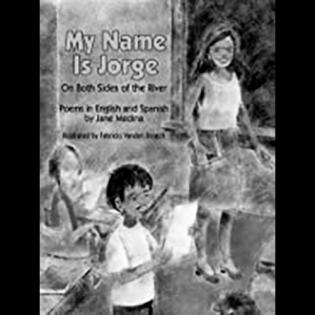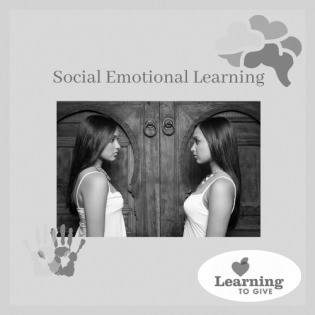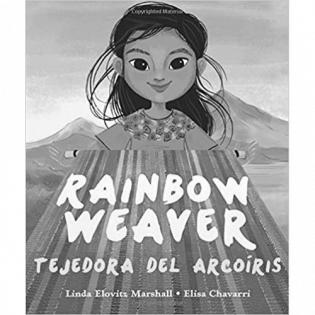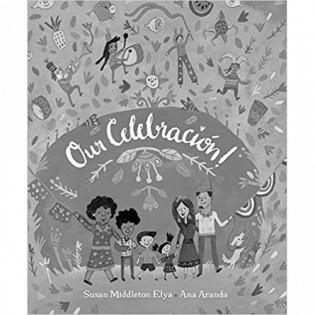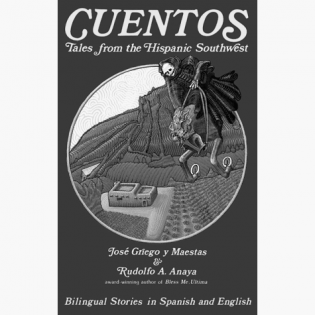Jorge is learning English. He wants to be like the other boys and girls in his class, while also being true to his Latinx culture. Jorge’s journey is very similar to a lot of children migrating to the United States.
Filter by subjects:
Filter by grades:
Filter by audience:
Filter by issue area:
Filter by content type:
Filter by resource type:
resource search
Why do we have cultural recognition months? The U.S. calendar of holidays includes months like National Hispanic Heritage Month and National Women's History Month in recognition of groups that have been historically underrepresented in the U.S. This lesson explores why and how we put these...
Many American citizens with a "hyphenated ethnicity, race, or identity" experience a double consciousness. In this activity, youth look at the hyphen from the perspective of another person, reflecting upon their own opinions about how the hyphen is used. Hyphen-Stories is inspired by an article by Dena Simmons called, "Why We Can't Afford Whitewashed Social-Emotional Learning."
This picture book combines English and Spanish for a lyrical celebration of a summer holiday. We spend a few delightful moments immersed in the details of any outdoor community celebration.
A man hesitates to kill his fattened pig because he does not wish to share the meat with his neighbors. A friend advises him to kill the pig at night and to tell the people that it has been stolen. He does this and hides the meat, but the man who advised him steals it.
Video Clip and Discussion Guide: When we name big-dollar givers in history, we do not often hear the names of women. Historically women's philanthropy looks different. In this video, we look at examples of women's giving. This is not an attempt to define women's philanthropy, but to look at the less recognized, but still significant, giving of women as philanthropists.
